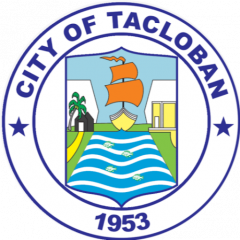TACLOBAN CITY — Tacloban City is steadily cementing its position as a premier tourism and development hub in Eastern Visayas. With four major infrastructure projects underway—the Benjamin Romualdez International Convention Center (BRICC); the Tacloban Airport Expansion; the Tacloban Boardwalk; and the rehabilitation of Plaza Rizal; the city is poised for a historic transformation that will strengthen its economic potential and boost its tourism appeal on both the national and international stage.
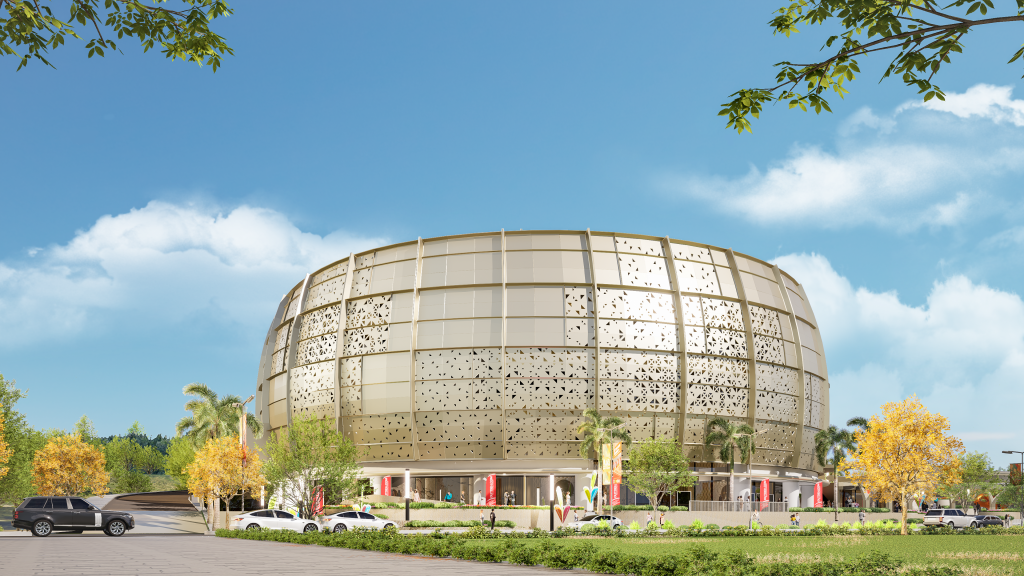
Benjamin Romualdez International Convention Center (BRICC): A Regional Beacon for Global Events
Breaking ground within the 6.1-hectare complex of the old Leyte Park Hotel, the BRICC is envisioned as a world-class convention venue. The three-story structure will feature a 5,000-seater plenary hall and house multiple utility spaces, retail and dining areas, lounges, and parking facilities. With a project cost pegged at PHP 750 million, its phased funding—PHP 500 million for the first phase and PHP 250 million for the second—reflects its scale and ambition.
The BRICC will serve as a centerpiece for local and international gatherings. A five-star hotel will also rise adjacent to the convention center, bolstering the city’s capacity to host high-profile conferences, exhibitions, and cultural events.
“This is a milestone in our vision of turning Tacloban into a premier destination in the country. BRICC is a symbol of our resilience and our unyielding hope for progress,” said Romualdez during the groundbreaking ceremony.
The BRICC is also an architectural statement of sustainability and cultural identity, designed to be community-centered and disaster-resilient, while echoing the legacy of public service championed by its namesake, Benjamin Romualdez, former Leyte governor and Philippine ambassador to the U.S.
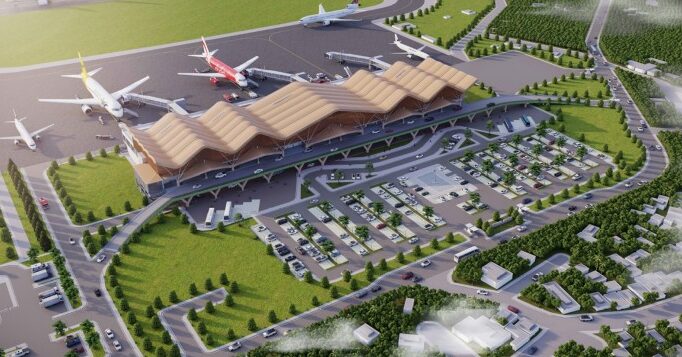
Tacloban Airport Expansion: Gateway to the Future
Also central to Tacloban’s transformation is the Tacloban Airport Development Project, which is undergoing a multi-phase expansion to meet international aviation standards and cater to increasing air traffic. With over 1.69 million passengers in 2024 and 24 daily flights between Manila and Cebu, the airport is a vital gateway to Eastern Visayas.
The new Passenger Terminal Building—with Phases I and II funded by the Department of Transportation (DOTr) and Phase III by the Department of Public Works and Highways (DPWH)—is being fast-tracked for partial opening by 2026, with full international readiness projected by 2028.
So far, PHP 761.91 million worth of works under Phase 1 have been substantially completed. The second phase (PHP 1.05 billion) is on track for early 2026 completion, while Phase 3—covering key facilities like elevators, escalators, air-conditioning systems, and passenger boarding bridges—has a projected budget of PHP 1.5 billion.
“This flagship project of President Ferdinand Marcos Jr. is progressing ahead of schedule. We are witnessing a transformation not just of a terminal, but of an entire region’s connectivity and global reach,” noted DPWH Regional Director Edgar Tabacon.
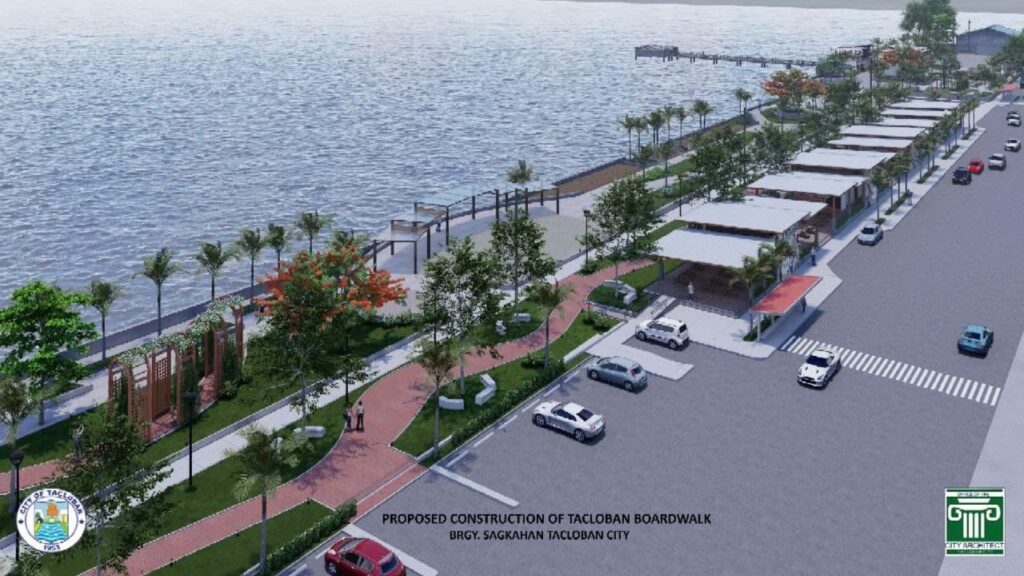
Tacloban Boardwalk: Cancabato Bay’s New Leisure Icon
Along the picturesque Cancabato Bay, the Tacloban Boardwalk project is taking shape as a vibrant recreational space for both locals and tourists. Backed by a ₱200 million funding from the Tourism Infrastructure and Enterprise Zone Authority (TIEZA), the boardwalk will blend nature with culture, and leisure with commerce.
The project features a viewing deck, an interactive fountain, playgrounds, an exercise zone, food parks, and commercial spaces—all designed to create an inclusive and accessible green space that promotes well-being and community life.
Once completed, the boardwalk will not only be a scenic escape but a major tourism magnet, offering sweeping bay views and a walkable, family-friendly destination in the heart of the city.
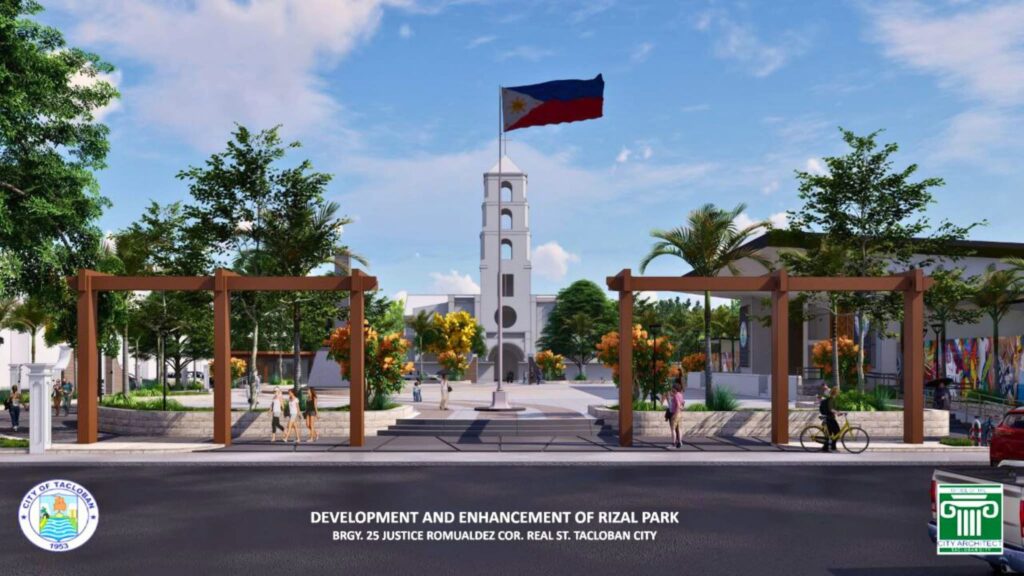
Plaza Rizal Rehabilitation: Heritage and Harmony in Urban Design
Completing the city’s fourfold push for renewal is the rehabilitation of the historic Plaza Rizal, a key public space located near the Sto. Niño Church and the city government building. Anchored in Spanish colonial town planning principles, the PHP 50-million project aims to restore the symmetrical visual and cultural alignment between church, state, and civic life.
A key aspect of the redesign is the repositioning of the central stage to open direct sightlines from the Sto. Niño Church to City Hall—an homage to traditional Philippine civic layout. The new design will also showcase native flora and fauna, encouraging biodiversity and local pride.
The initiative is backed by TIEZA and supported technically by the University of Santo Tomas–Center for Conservation of Cultural Property and Environment in the Tropics (UST-CCCPET), ensuring historical accuracy and environmental sustainability.
“The revitalized plaza will serve as both a living monument to our past and a dynamic platform for civic and cultural engagement,” said City Architect Ian Ray G. Perez.
Individually, each of these four projects addresses distinct needs—economic, cultural, transport, and recreational. Collectively, they form a strategic infrastructure matrix aimed at turning Tacloban into a thriving tourism hub. With these developments, Tacloban is no longer just a city recovering from tragedy, it is a city accelerating into a future of promise.
